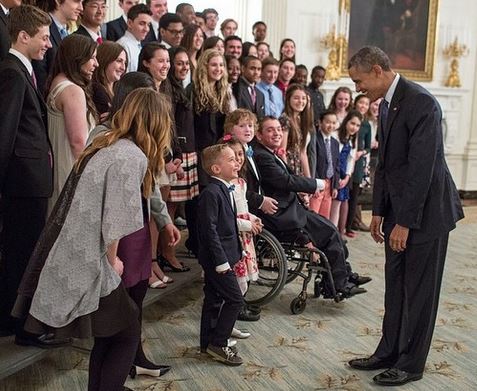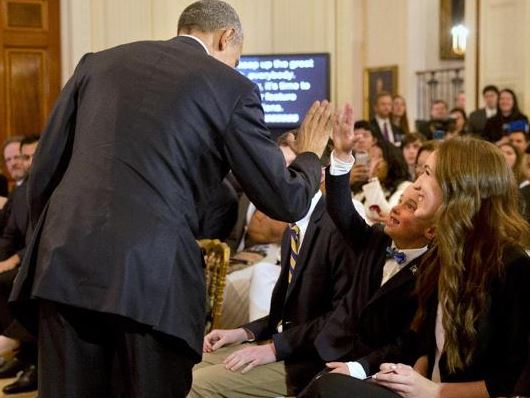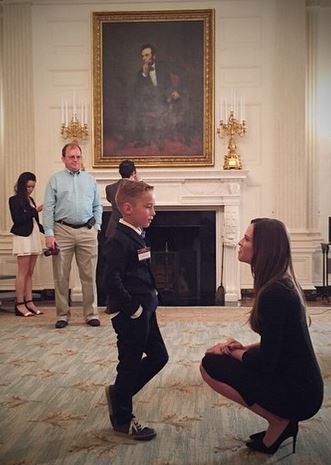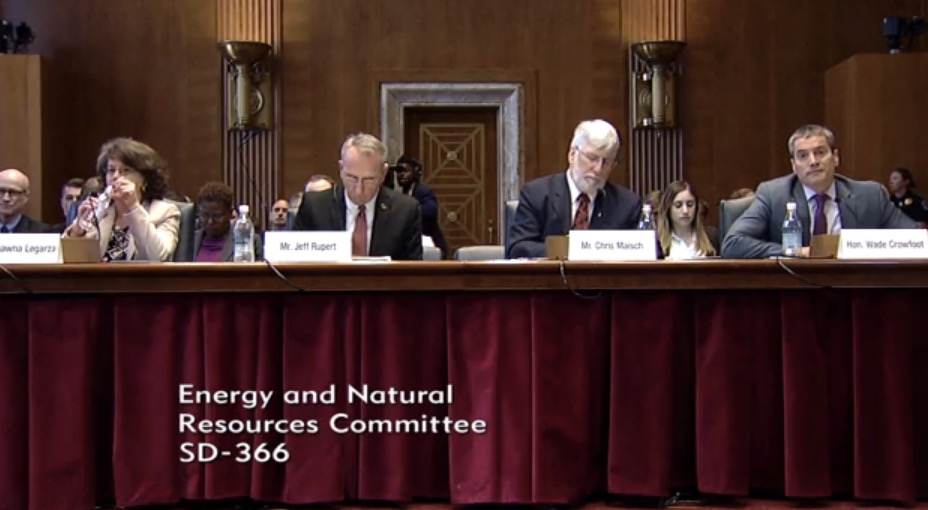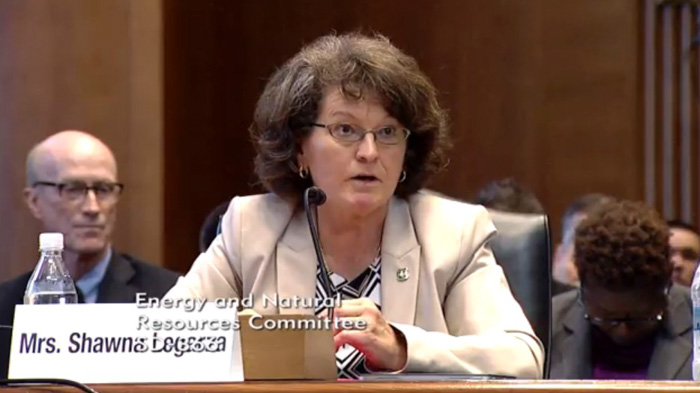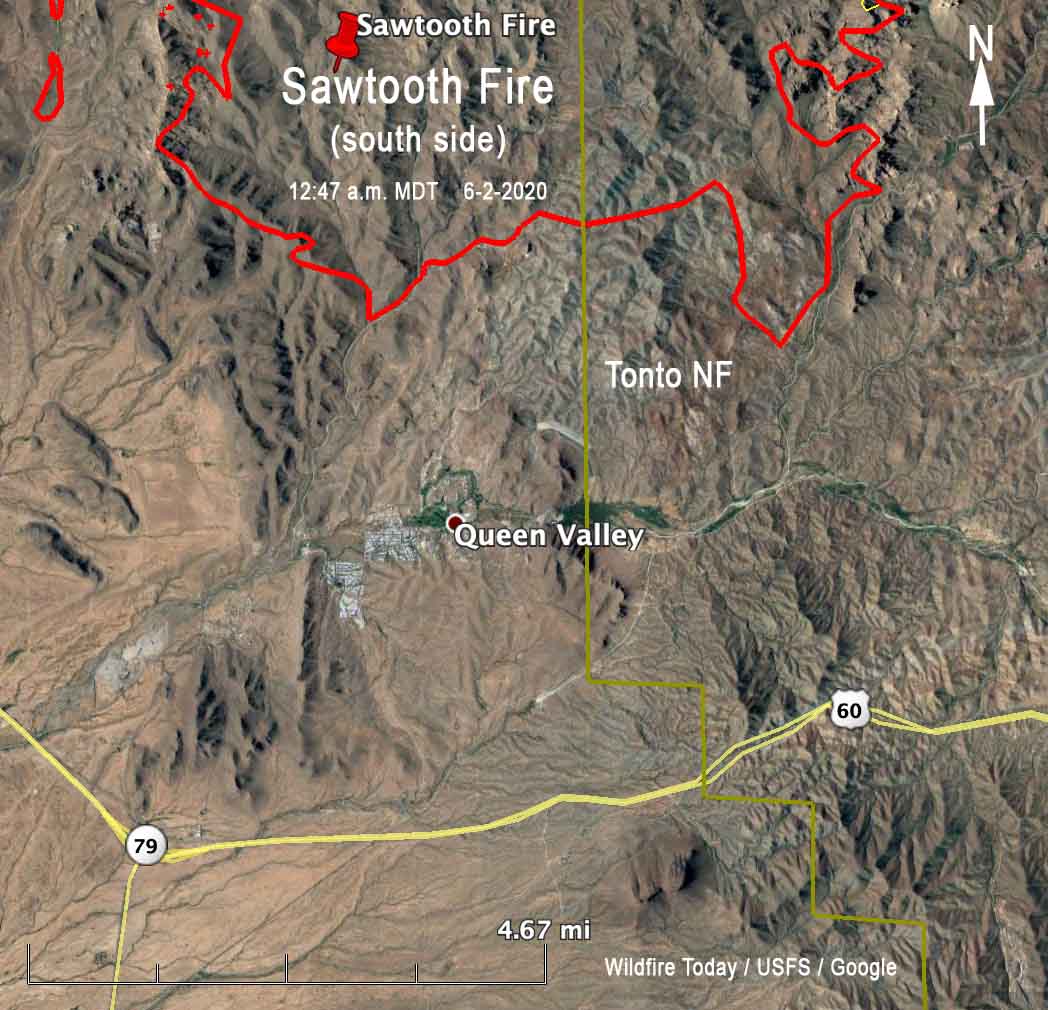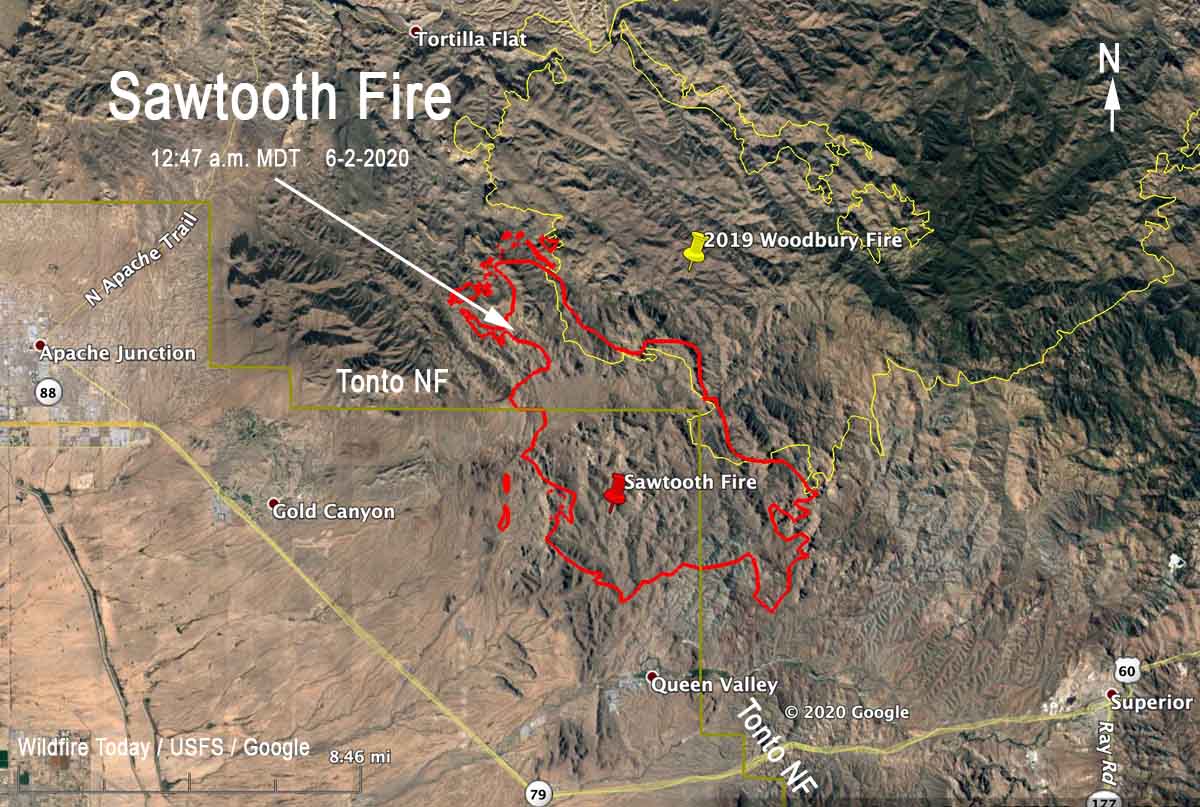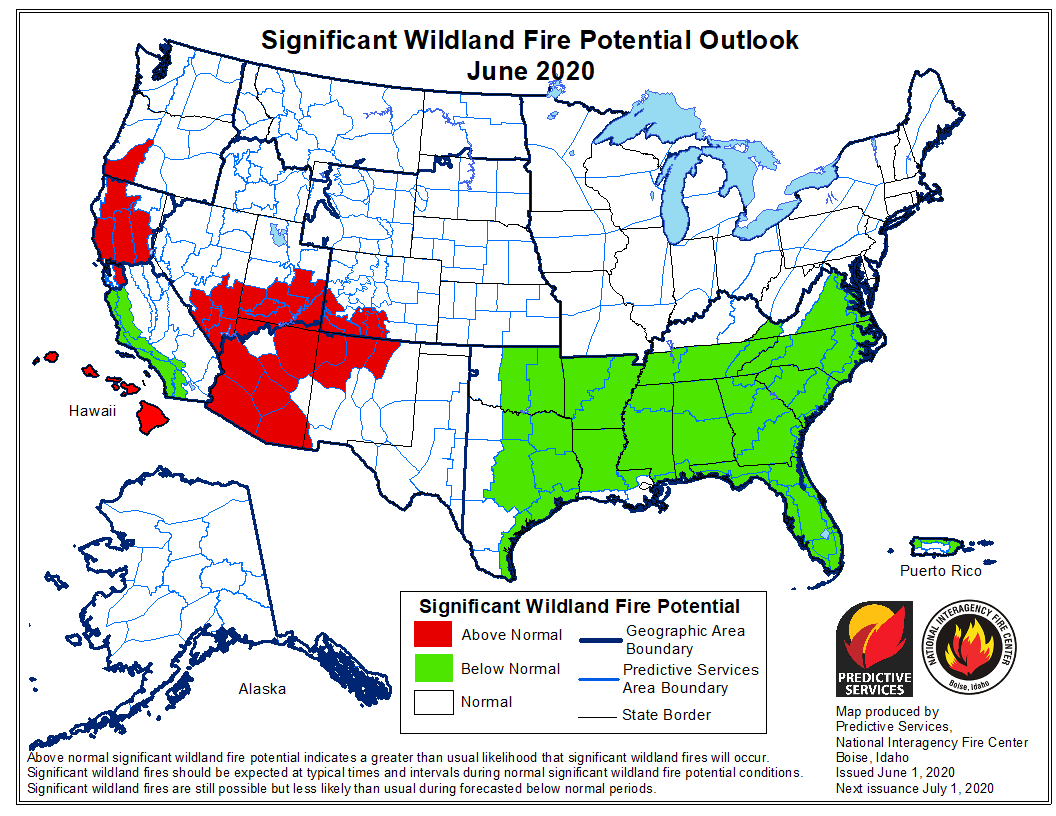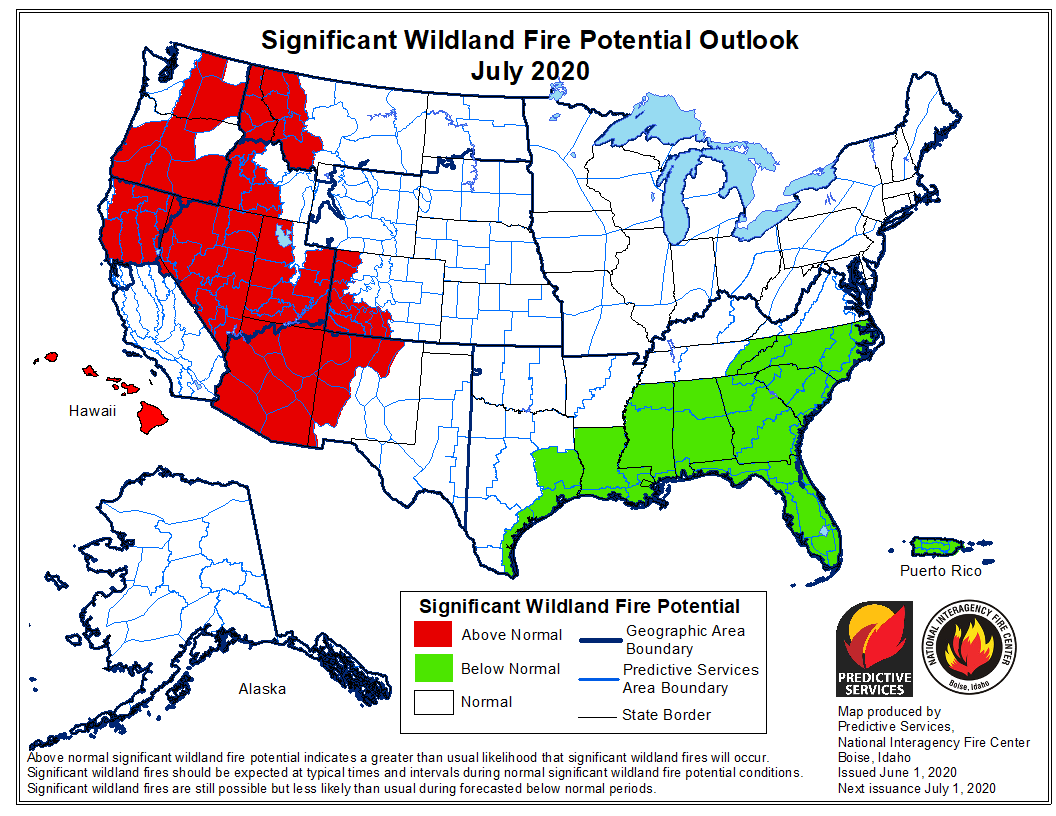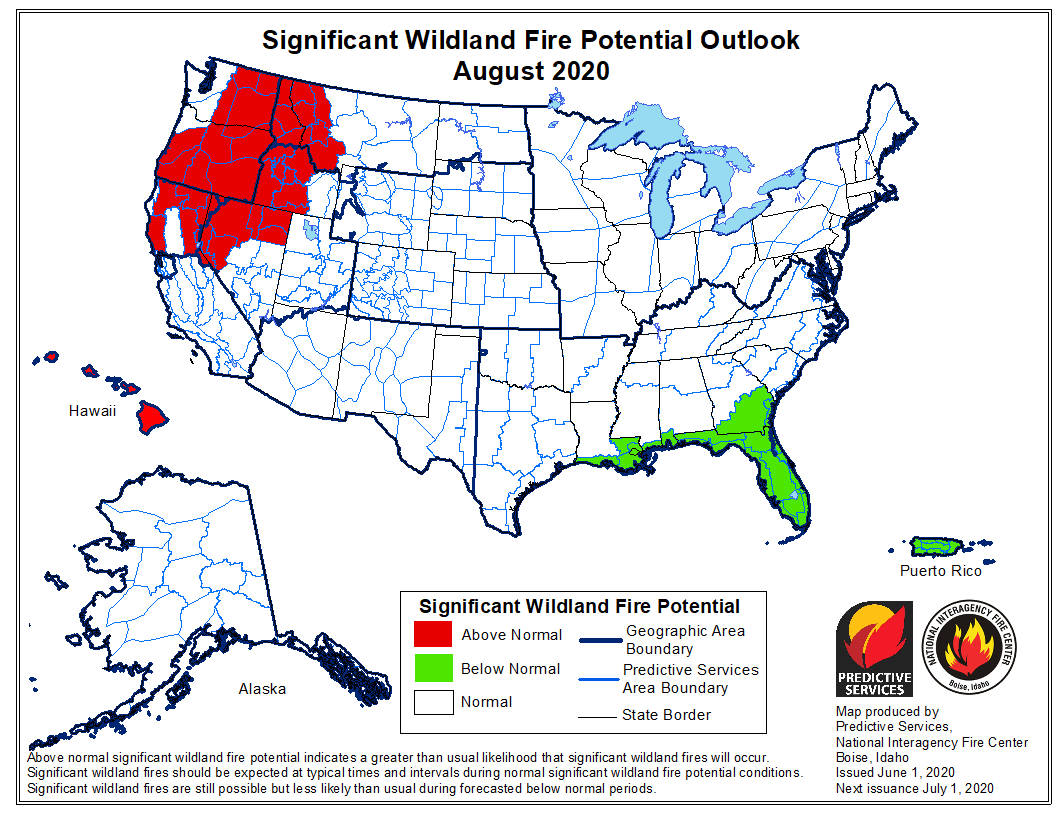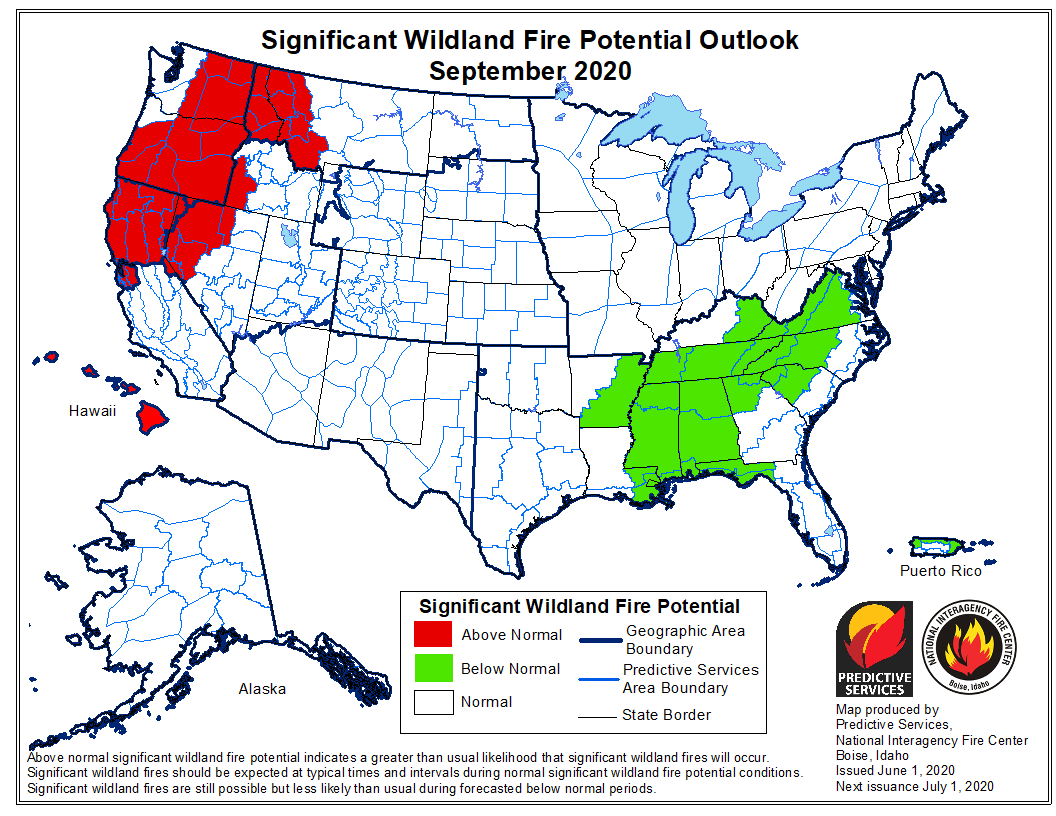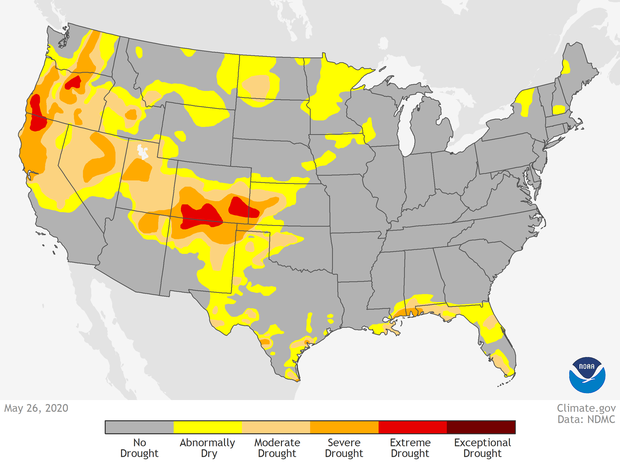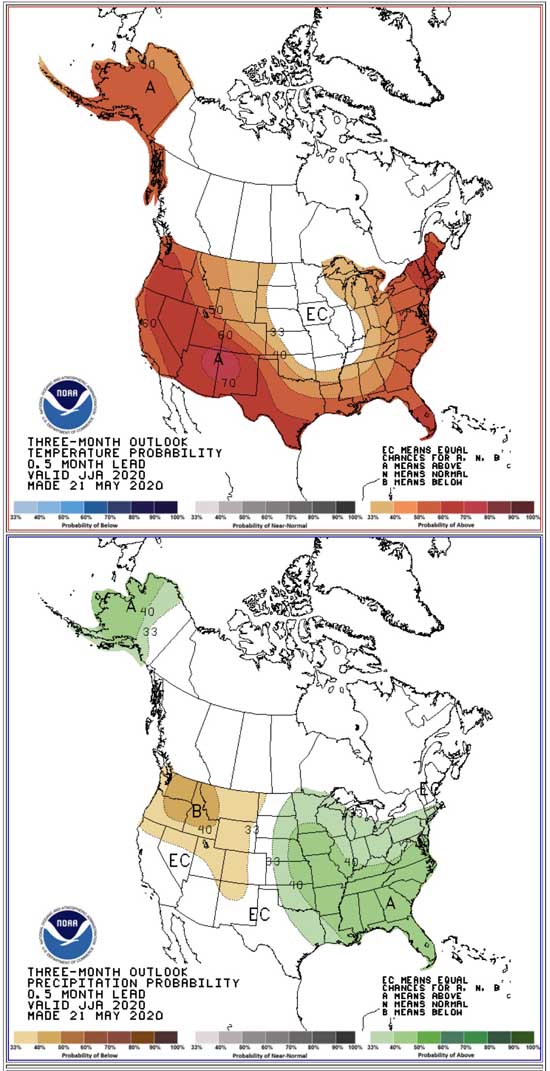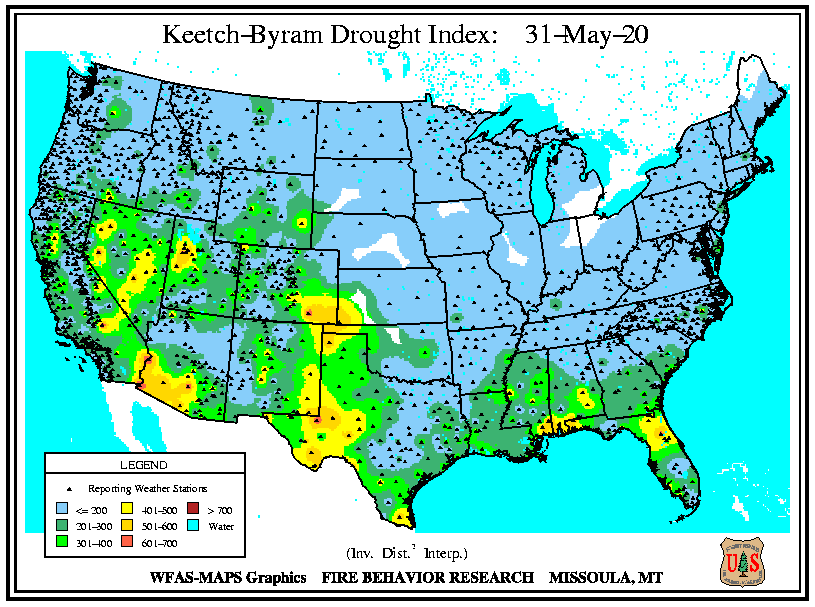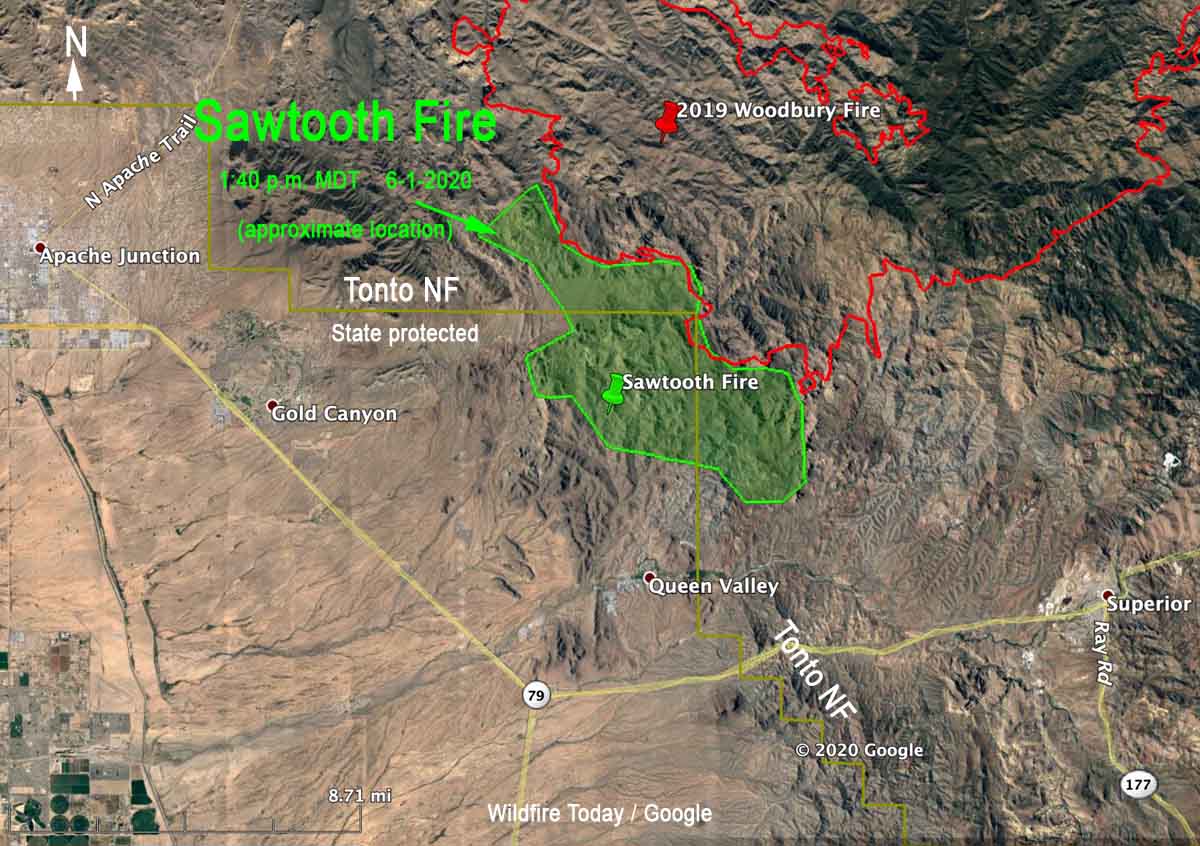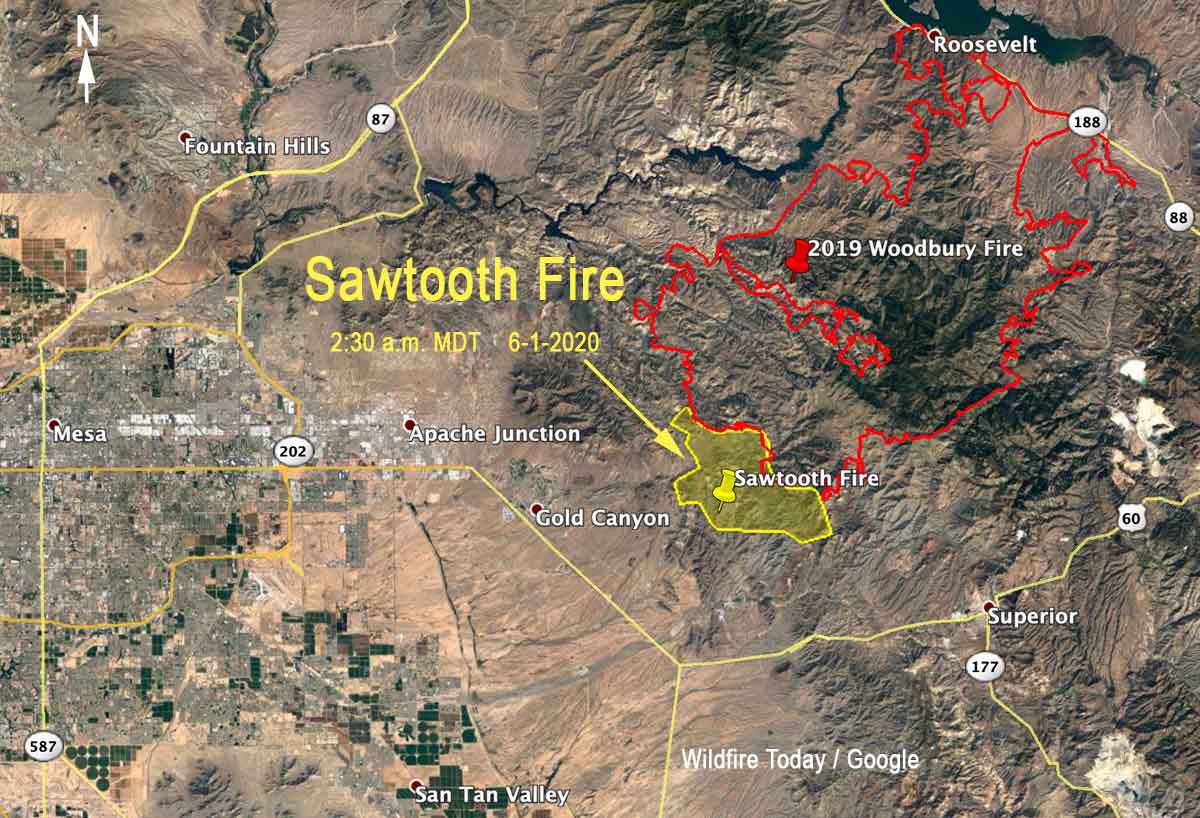When the Senate Energy and Natural Resources Committee holds their hearing at 10 a.m. EDT June 9, 2020 on “Wildfire Management in the Midst of COVID-19” neither U.S. Forest Service Chief Vicki Christiansen or Fire and Aviation Director Shawna Legarza are slated to be present. Usually the Chief testifies at hearings about the Forest Service, and since Ms. Legarza testified last year at a hearing about expectations for the fire season, there was speculation that she would attend this one as well.
It is likely that the Senators will ask about the results from the Aerial Firefighting Use and Effectiveness Study that has been going on for eight years. Chief Christiansen has been testifying for the last two years before this committee saying it would be released “soon”. When pressed in February by Colorado Senator Cory Gardner, who last year made his opinion about the delay very clear, she said it would be released “this Spring.” Senator Gardner said, “Before June?” She said, “Yes.”
I asked Ms. Legarza by email why she was not going to testify, and she replied, “Normally the Fire Director does not testify. Last year was the first time ever. Was a great experience. I am very appreciative of all the work the committee has done while I have been in this job.”
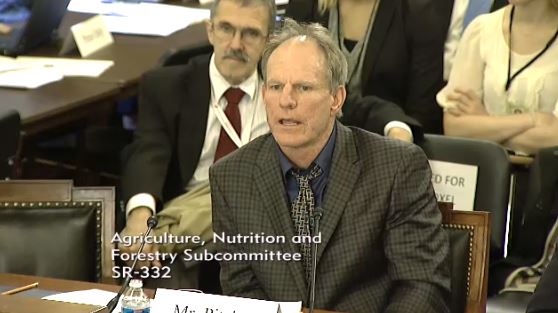
A quick search of Wildfire Today found two examples of former Fire Director Tom Harbour attending congressional committee hearings. On October 17, 2011 he testified before a subcommittee of the House of Representatives’ Homeland Security committee at a field hearing in Austin entitled “Texas Wildfire Review: Did Bureaucracy Prevent a Timely Response?” On November 5, 2013 he sat directly behind the witnesses but did not testify at a hearing before the Senate Subcommittee on Conservation, Forestry and Natural Resources titled, “Shortchanging Our Forests: How Tight Budgets and Management Decisions Can Increase the Risk of Wildfire”.
I obtained from a Washington insider the list of government employees who ARE slated to testify Tuesday:
- John Phipps, Forest Service, Deputy Chief, State and Private Forestry
- Amanda Kaster, Acting Deputy Assistant Secretary for Land & Minerals, DOI
- George Geissler, Washington State Forester
- Norm McDonald, Alaska Div. of Forestry, Director Fire & Aviation
Some of the Senators and witnesses may appear virtually instead of in person. The current Senate rules during the pandemic do not allow spectators at committee meetings or hearings.

